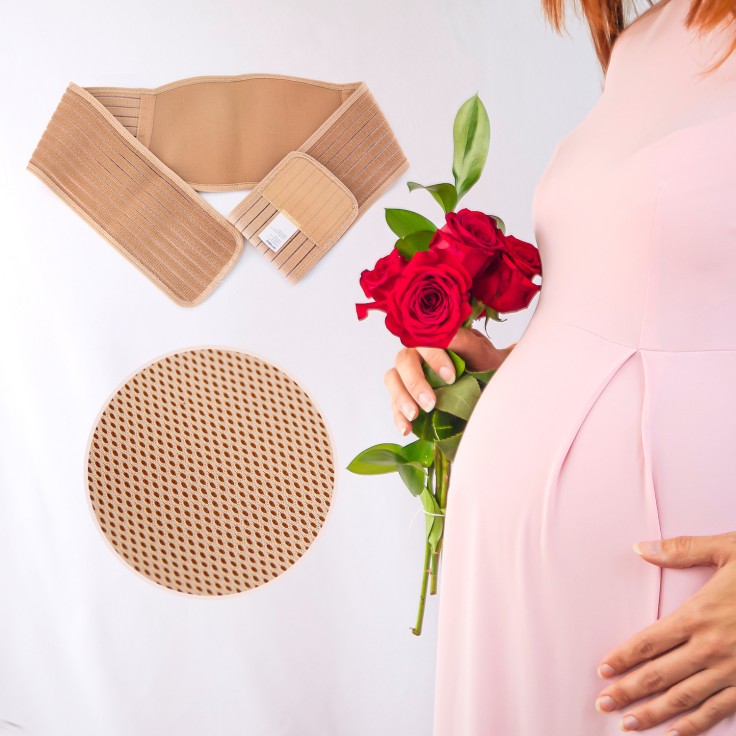
Around the 12th week of pregnancy, doctors would usually schedule a prenatal appointment for expectant parents so that they could hear the fetal heartbeat for the very first time. However, the weeks of waiting in between the next clinic visits may make some parents anxious, and on edge, so it makes sense to have a monitoring device at home.
In recent years, a useful at-home device called fetal dopplers has grown in popularity among parents who want peace of mind, especially if they've been through a tragic miscarriage or baby loss before. According to Professor Negar Tavassolian of the Schaefer School of Engineering and Science, baby dopplers may allow for continuous fetal heart rate monitoring at home to alert the parents if there may be complications.
"We can recognize these signs ahead of time and warn the mother to go see the doctor," the professor said. "Whereas, if she just relies on the doctor's visits alone, then a lot of things can go wrong in between."
Read Also: Baby Brandon Cuellar Rescued, Suspects Arrested in San Jose 3-Month-Old Kidnapping Parentherald
How to Find the Fetal Heartbeat with At-Home Fetal Dopplers?
Using an at-home fetal doppler may be challenging at first as there is a learning curve to it. However, once you get the hang of it, it should be effortless to operate and use repeatedly.
Before using the device, the probe or the mother's belly should have an ultrasonic gel or aloe vera. Apply a generous amount of the gel because this will help reduce the static and unnecessary noise that will make detecting the fetal heartbeat harder.
Next, begin the probe on the lowest side of the belly, closer to the pelvic bone, if the pregnancy is just after the 12th week. Consider this, the baby is still the size of a pea at this point, so it's likely to be moving around or hiding at the lower end of the belly. So, try to angle the probe and handle the device like a joystick.
Highly-sensitive fetal dopplers, such as those from Joyfant, may also detect the sound of the placenta and the umbilical cord moving in the womb, as well as some large arteries or noises in the gut. It can be frustrating to look for the fetal heartbeat with these elements present but be patient, take your time and move the probe slowly and carefully.
You'll know you've detected the baby's heartbeat because its sound is sharp and distinct, like a "galloping" beat, which ranges between 120 to 180 beats per minute. If the doppler has locked in on the sound, it will start calculating the heart rate.
What to Do if the Fetal Heartbeat is Inaudible
There could be plenty of reasons why the fetal doppler is not detecting a heartbeat. For one thing, the baby's age could still be fairly early in the pregnancy, so it is less distinct. The placenta could also be positioned in a way that muffles the sound.
At any rate, however, the doppler should never be a substitute for proper medical care, per Very Well Family. If the parents have some concerns, and if there are other signs like bleeding, it's best to get medical help immediately.

Joyfant.com has fetal dopplers among its featured products. The JSL-T501 Fetal Doppler, FD-200B Fetal Doppler, and FD 300-B Fetal Doppler are each worth $79.99 on their online site. They also have a pregnancy gift box that is worth $99.99.
If you want to buy this product, get it now so you can avail the 15% discount for Parent Herald readers. This would be one of the best Mother's Day you can give an expecting mom!